This is not actually a shipwreck. These are two LMS Stanier 8F Locomotive engines that are associated with the better, well known wreck of the Thistlegorm.
The Stanier 8F locomotive engines are more formally known as London Midland and Scottish (LMS) Railway 8F class 2-8-0’s. There were 852 of these locomotives built between 1935 and 1946 as a freight version based on William Stanier’s design known as the Black Five.
At the outbreak of WWII, the British Government formed the Railway Executive Committee (REC) to oversee and coordinate railway companies during the war. The War Department requested second-hand locomotives for use overseas and were given a number of older locomotives. However, it was found that the British Army required heavier, more powerful locomotives for use abroad. As a result, the War Department and the REC settled on the 2-8-0 (1D) locomotive which later became known as the 8F.
The Stanier 8F was a coal burning locomotive weighing 73.3 tons. They were just over 63 feet in length. Wheel sizes ranged from the large driving wheel at 56.5 inches down to the leading wheels at 39.5 inches. Fuel capacity was 9.1 tons of coal and 4,000 gallons
of water for steam production. The boilers used were LMS type 3C’s which generated 225 PSI for use by the 2 external 18.5-inch x 28-inch drive cylinders.
The War Department had 208 Staniers built between 1940 and 1942 at Beyer Peacock and North British Locomotive Company, and requisitioned 51 additional Stanier 8F’s from the LMS Crewe and Vulcan Foundry. 88 of these locomotives were slated for use in the Mid-East. Two of these were loaded onboard the Thistlegorm for transport to Alexandria, Egypt to be used by the Egyptian Railway Services, completed with two coal cars, and two water 4,000 gallon water carriers (commonly referred to as “Rolling Stock”. All of these were loaded onto the ship’s main deck by holds No. 1 and No. 2. prior the ship departing from Glasgow enroute to Alexandria via the southern tip of Africa and the Suez Canal.
When the Thistlegorm was bombed and sunk on 06 October 1941, the ship sank at position 27.48.80N/33.55.25E in 30-32 meters of water. Either the force of the bombs which sank the ship exploding, or as a result of the sinking itself, the two locomotives became detached from the ship and landed upright on the seabed on either side of the ship. The coal cars and water carriers remained attached the ship.
Diving Information
The locomotives now lie on the seabed on either side of the ship, both at a depth of around 30-meters. The port side locomotive lies approximately 30-meters away from the ship from approximately amidships. The starboard side locomotive lies at about the same distance away from the ship perpendicular with Hold No. 2. The coal cars and water tankers are still attached to the ship’s main deck, with the port water carrier hanging precariously on the edge of Hold No. 1. The coal cars are located on either side of Hold No. 2, and the water carriers are on either side of Hold No. 1.
References:
http://www.lner.info/locos/O/o4o5.shtml
http://en.wikipedia.org/wiki/TCDD_45151_Class
http://www.steamindex.com/locotype/stanloco.htm




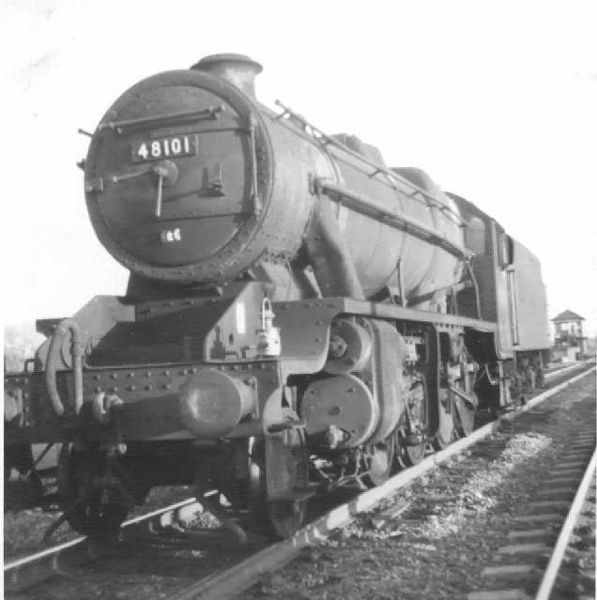
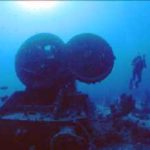
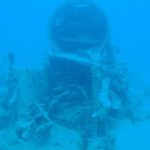
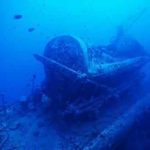
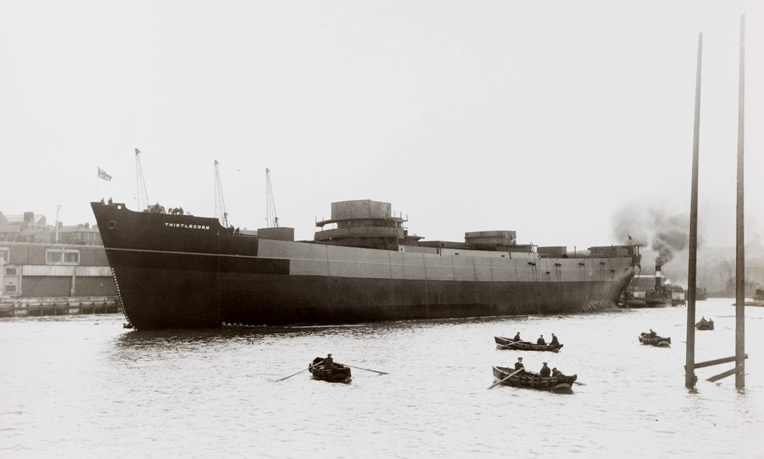
1 Comment
Pingback: Thistlegorm | The Red Sea Wreck Project